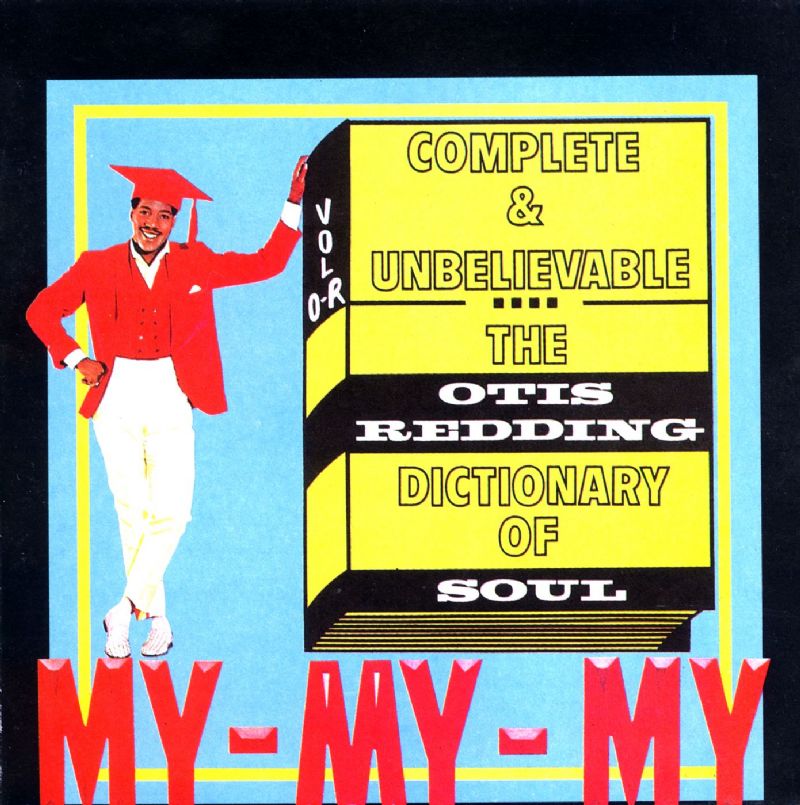Check it out, I wrote a book!
American R&B: Gospel Grooves, Funky Drummers, and Soul Power
by Aaron Mendelson
Available Now From Lerner Publishing
Like Nathan, I've written an entry in Lerner Publishing's "American Music Milestones" series. It's called American R&B: Gospel Grooves, Funky Drummers, and Soul Power. The book is geared towards teenage readers, and I'd be delighted if it found its way into the hands of the budding music fan in your life.
American R&B was the result of a year spent immersed in the history and music of the genre, so I'd like to think it'd be an enjoyable and educational read for people outside of its intended age range. If you don't know how many pounds of sweat James Brown shed at each performance, you might learn something yourself.
In either case, I'd be thrilled to learn what you think of the book. It's a bit expensive--about $23 from Lerner's website, or $30 at Amazon--due to the book's binding, which is built to withstand the demands of school libraries. But hey, that means it'll withstand all those re-readings you're sure to give it! Hopefully the binding will ensure that used copies are still in good condition too.
American R&B starts with R.C. Robinson messing around on piano at a shop in Greenville, Florida. R.C. later became Ray Charles, who helped distill black America's disparate musical expressions--the blues, gospel and jazz--into an explosive new genre. Rhythm and blues.
Artists like Charles, James Brown, Aretha Franklin, Janet Jackson and Teddy Riley are towering, influential figures in the genre's history, and get their due in the book. I also tried to emphasize the regional scenes and labels that have left their mark, from teens singing doo wop on New York street corners, to Motown's musical assembly line in Detroit. Cities like Memphis, Chicago, Philadelphia, and Minneapolis revolutionized how R&B was created, what it was about, and how it sounded. Readers in those cities will get a bit of local history with their soul.
R&B also existed within historical and social contexts. Readers learn about how racism and segregation shaped the genre from its earliest expressions, and hopefully come away with an understanding of how R&B fits into the broader contours of black history.
Mostly, though, American R&B is about incredible music. Writing this book was a great experience, but sometimes a frustrating one. That was never the case with putting on Isaac Hayes, the Ronettes, or Off The Wall. It's been exciting seeing our culture get excited about R&B again, whether it's Adele or Frank Ocean. And the genre is shifting in really fascinating ways right now (if I had to guess, this might hold a clue to where we're headed). R&B has such a rich and varied history--you could spend the next year obsessed with classic Motown, 80's funk, disco divas, or obscure soul compilations, and literally hear nothing but passionate, beautiful music. There are a handful of playlists and an appendix of must-haves in the book. They scratch the surface.
That's what the book does too. It's a survey, and at 64 pages, a pretty quick read. There are certainly omissions. (sorry, Gladys Knight and Rick James!) But the goal was to write a concise, engaging review of a complex and evolving art form. If any educators out there have questions about the book, you're welcome to get in touch via email.
I hope you'll read American R&B: Gospel Grooves, Funky Drummers & Soul Power. I'm proud of it. But it's no substitute for the primary sources:


No comments:
Post a Comment